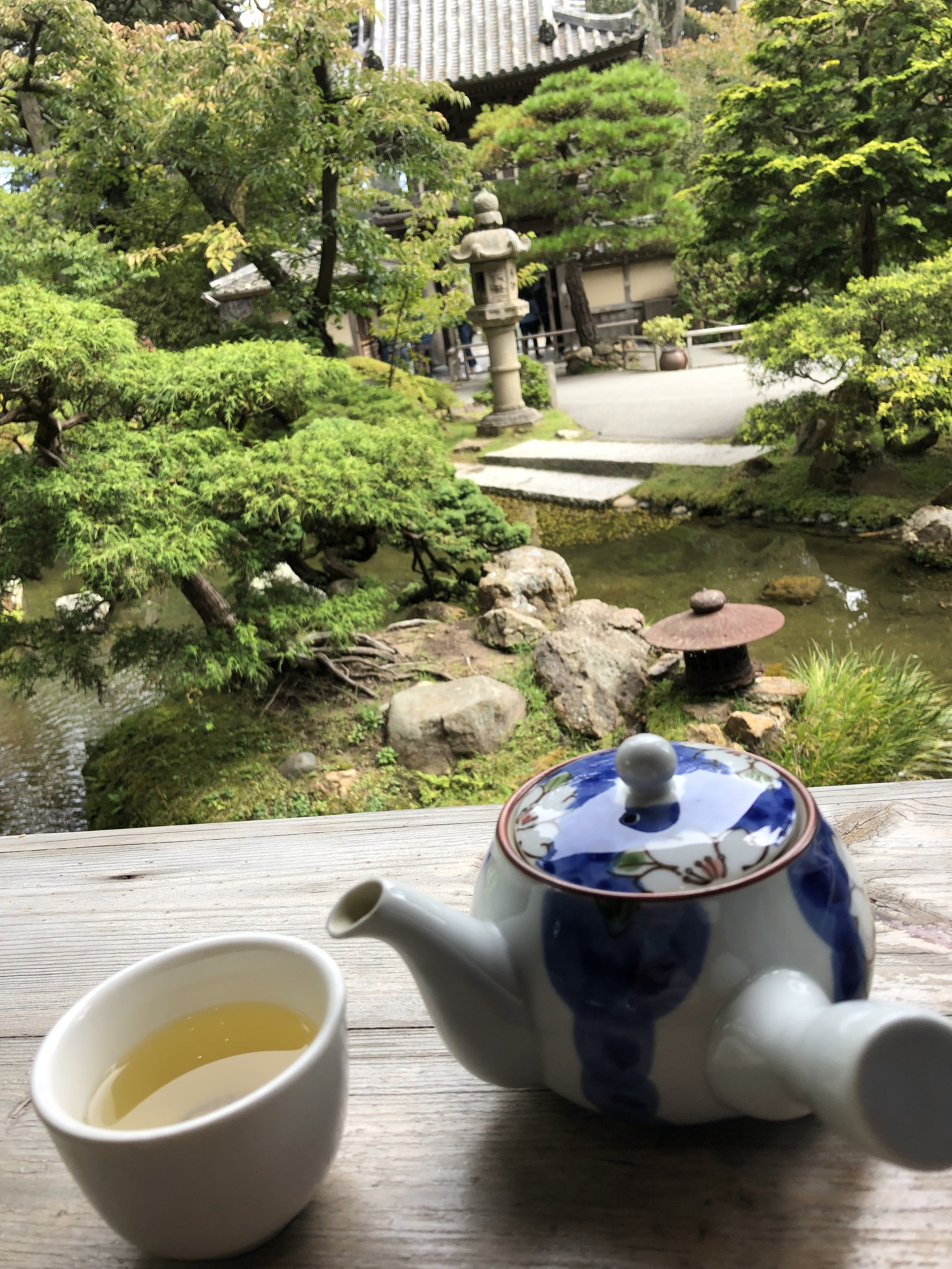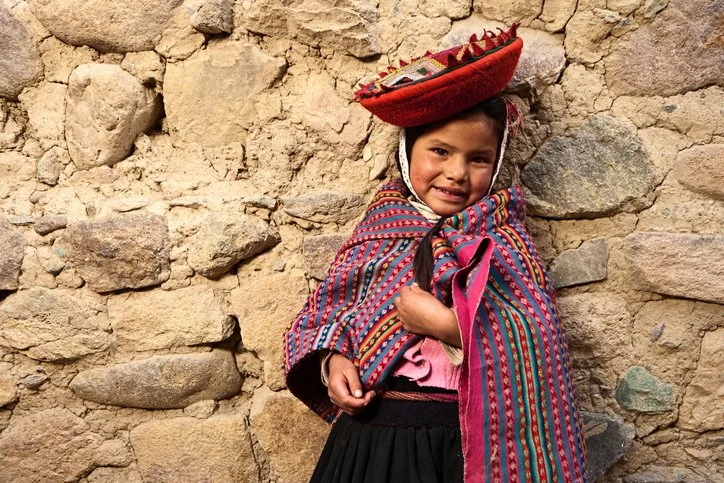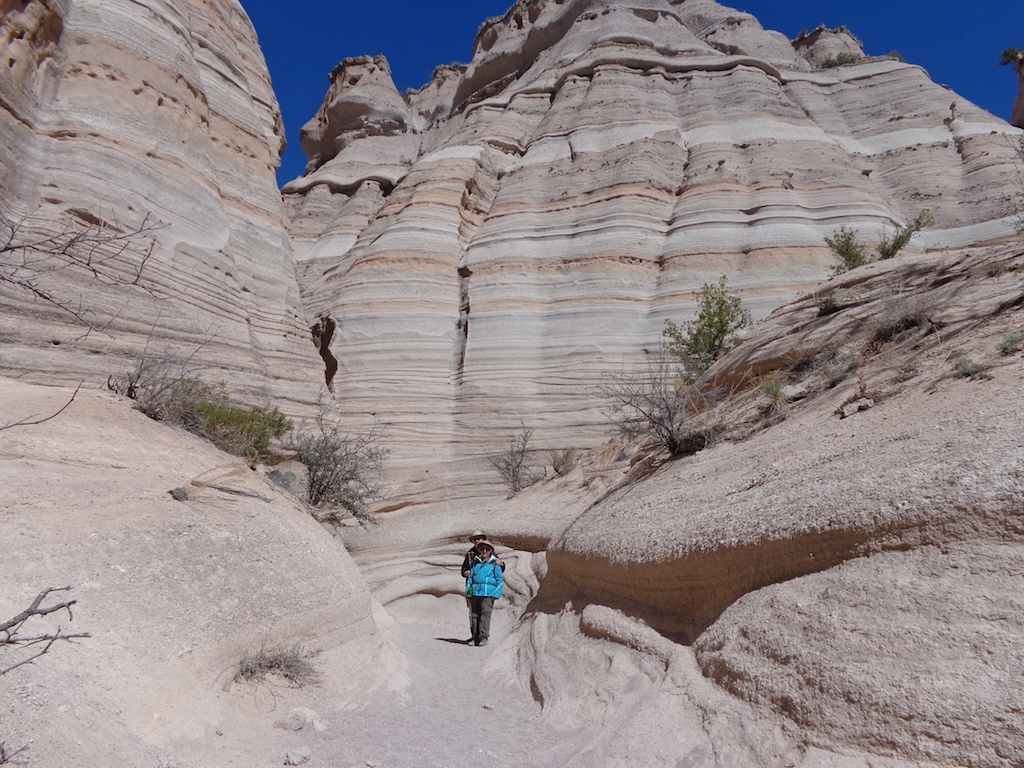Can you go home again?
By Carolyn Handler Miller
“Go H o m e. Home. HOME. H O M E!” It was soft at first, and gentle, but became louder and more insistent as the months went by. This was the Siren’s song that began calling to me after decades of living elsewhere. I’d left home at 17 to go to a college 3000 miles from home -- a town just south of San Francisco -- and after that, I’d lived in New York, Chicago, Los Angeles, and Santa Fe. In all that time, California had always been “home” to me, but I’d never felt the urge to return there except for brief visits. But finally, in Santa Fe, where I’d been living for the past 20 years, the Siren began to sing her song, and it became impossible to ignore.
Why was she singing to me now, after all these years? And would it be possible to go back to the place where I’d grown up, so long ago? After all, Thomas Wolfe said: “You can’t go home again. Was he right? I wouldn’t know until I tried. I was determined to find out.
The move to Santa Fe had been a fluke, during a tough time in Hollywood caused in part by the 9/11 terrorist attacks. I’d been living in L.A. and working in TV, film and New Media, and things had been going well. But everything had come to a halt with 9/11, both for me and my husband, a screenwriter. Then a position opened up in Santa Fe for my husband, a visiting professorship at the little arts college in the City Different. Almost simultaneously, I managed to get a book contract that would make living in Santa Fe feasible for me. My husband’s job was for the academic year -- nine months. Somehow the nine months turned into 20 years.
Life in Santa Fe was good for most of those years, and it seemed like home. Our home grew to include two donkeys, a dream come true for me. I’d been horse-crazy all my life, and burros became part of that obsession. After bringing my donkeys to our property, I acquired a buggy and drove one of my donkeys along the dirt road by our house.
My husband and I both relished the classical music and fine arts scene of Santa Fe, delighted in exploring New Mexico’s little villages, and especially relished visiting the Native American pueblos when they were doing their traditional dances. New Mexican food was another thing to savor, as was hiking through the state’s much-heralded scenery. But one thing especially precious to me was discovering I had long-lost family members living in Santa Fe. I developed a solid friendship with my cousin Wendy, and we became close over regular lunches and visits it each other’s houses.
But after almost 20 years, a confluence of events disrupted Santa Fe’s allure for me. My husband’s little art’s college shut its doors and though he got another visiting professorship, it was two thousand miles from Santa Fe. It was not a feasible long-term solution, though we managed to make it work for two miserable years. Meanwhile, though I’d been hired for several adjunct professorships, those jobs were withering away for various reasons. My exciting role at the Meow Wolf groundbreaking immersive story experience came to an end when I finished all my projects there. Most heartbreaking of all, my cousin Wendy was diagnosed with a vicious form of cancer. She endured surgeries, harsh courses of chemotherapy and constant pain. Finally, she passed away. The vibrant colors of Santa Fe turned into a sullen gray.
That’s when I started hearing the Siren’s irresistible song. In a way, the City Different became like a discarded tourist’s postcard. It still hit all the “major attractions” buttons, but I longed to plug into a life that had more depth. Home.
But where exactly was home?
Home for most people is the house where they were raised and where they lived with their nuclear families. That wasn’t an option for me. No family members still live in the houses of my childhood, and I can’t be reunited with my nuclear family because my parents are deceased, and my only sibling now lives in another state. The house where I had spent most of my childhood and my teen years was out of the question. It had been gutted and totally remodeled, expanded and glamorized. Nothing looked the same except the Japanese plum tree and the camellia bushes in front of the house. It was once a comfortable ranch house in a nice neighborhood but in recent years the neighborhood became one of the most affluent parts of the country, Silicon Valley. The microchip had transformed the Bay Area.
L.A. was out, too. It had made sense once, when I still wrote for media, but it was no longer appealing. I loved my little house there, but someone else owned it now. And returning to L.A. was not an inviting prospect. I could no longer bear the city’s ugly urban sprawl and its overcrowded network of freeways.
Of course, “home” also means the people you live with and who are dear to you. But for me, it could no longer be the place where Dad is in the driveway, washing the car, and Mom is in the kitchen, cooking up a big roast chicken dinner.
So what makes a place “home”? I believe home is the place where you feel you belong, that you feel emotionally connected to, where you are at ease and deeply content.
So where could my husband and I make ourselves a new home, just for us, in the enormous state of California? I knew I didn’t want to live in a big city anymore. I had enjoyed living in the more rural part of Santa Fe, and I still wanted to be around donkeys and horses. I also was happy being in wine country, with the richly colored rows of grapevines climbing neatly up the hills. Sipping good wine on a pretty terrace in the sunshine was a significant pleasure.
One place we had visited frequently was California’s Central Coast. It features a stunning seacoast and a beautiful inland region, with classic California rolling green hills, majestic oaks, and more wineries than a person could ever visit in a lifetime. It also offers plenty of horses and donkeys to fill my horse-crazy soul. Moreover, it has charming little towns and excellent restaurants. Nor does it lack culture: Cal Poly University has a solid slate of lectures and performances to keep my brain in good working order. And a big plus is that the Central Coast is midway between San Francisco and L.A. I’d never be far from my childhood haunts, and family and friends in both cities would be within easy visiting distance.
So where could we settle in this alluring region? The area runs hundreds of miles north and south. We decided to search as far north as Cambria and as far south as Grover City, and include San Luis Obispo and Paso Robles within our search parameters. We choose not to include Santa Maria, though (because it’s packed with shopping malls and suburban housing tracts and lacks rural charm) and also scratched Atascadero off our list (too hot and too flat).
The search for the right house took us several frustrating years, and we were grateful that our real estate agent was so patient. We looked at all kinds of houses and saw a number of them that we were taken with, but the real estate market was fiercely competitive, and we couldn’t manage to get an accepted offer on any of them. Our search had a few surprises – like the fact we particularly liked Atascadero, especially the western part. It was closer to the coast than downtown Atascadero, so the weather is cooler. It was not the flat wasteland we thought it was. Though flat along the highway, the west side of Atascadero was green and hilly. The properties were generously sized, usually at least two and a half acres, and the houses were roomy, as well.
Finally, we found just the right place for us, in Atascadero’s Paradise Valley. It was a striking architect-designed house on four levels with the master suite perched on the top level, with its own balcony. A downstairs bedroom would work well as my office and another downstairs bedroom would serve as a guest room. The property even came with a seasonal creek, and a nearby brick patio under a shady oak seemed ideal for outdoor dining.
Paradise Valley felt like Paradise. And very soon it felt like home. The landscape resembled the ranch country of Northern California, near where I grew up and had regularly ridden horses through. But it was even more rural, which is a big plus for me. Right on our own property we had majestic oak trees and green hills in the background; deer and wild turkeys grazed on our grass almost daily. Along our road were horses and donkeys, chickens and goats, and a flourishing vineyard. Sometimes there was a gentle fog, reminiscent of San Francisco. It covered the landscape in a mysterious veil like a picture from a fairy tale book.
The neighbors were friendly and welcoming. We could even buy fresh eggs from a neighbor a few doors down and I was able to renew my passion for horseback riding on a neighbor’s horse a few doors up the road.
Because it was an easy drive to San Francisco and L.A., we could see family and old friends again – people who were part of my original home. We celebrated our anniversary in San Francisco, and during our stay we visited the Japanese Tea Garden in Golden Gate Park. The Tea House had been a favorite place of mine during my childhood and little had changed. The squirrels still tried to steal the nuts from the cookies! As we sat sipping tea on the deck of the Tea House, I was swathed in a comforting sense of the familiar.
We were also near to the Carmel Bach Festival, which triggered a flood of memories of weekends in Carmel with my parents. The charming little houses were tucked into streets draped with trees and flowers, and the human scale of the little downtown still made me want to hug the place. The aroma of the eucalyptus trees was deeply familiar to me, as was salty air on the coast.
Back in California again, I experienced some of my favorite tastes from childhood: artichokes, figs, white peaches, persimmons, apricots, and lemons bursting with juice, unlike the almost dry ones at the supermarket. And we now find all these things at our nearby farmers’ market. And local specialties that I’d sorely missed in New Mexico are available again: freshly baked sourdough bread, Dungeness crab caught right off the coast, locally produced olive oil from the region’s olive groves, and tri-tip beef barbecued over oak logs.
But it was the people that ultimately clinched our decision to call the place call home. Close by were many cousins, their spouses and children, and also old school friends -- people who still called me by my childhood nickname. It was delicious to be reconnected with them again, to be able to remember funny family stories or an eccentric eighth-grade teacher together. Also nearby were colleagues from my days in media, many of whom I was quickly reunited with again.
I understood that home is greater than the physical place where I grew up. Home is made up of people, of tastes and smells, and a familiar landscape. And I am happy to report that our new home feels great!
Carolyn Handler Miller (www.carolynhandlermiller.com) is a writer who works across a variety of media. Originally beginning her career as a newspaper reporter and magazine journalist, Carolyn's projects span TV shows and specials, feature films, books and new media. She is one of the pioneering writers in the field of interactive narrative, where she has contributed to over 50 projects as a writer, writer-story designer, and consultant. She is the author of “Digital Storytelling: A Creator's Guide to Interactive Entertainment” (Focal Press), now in its fourth edition.



